California Dreaming: Meet the Leading Woman Behind the World's Greatest Automotive Museum
On this week's episode of the Apex, we had the pleasure of chatting to Luna Bondesan, the Marketing Director for the Petersen Automotive Museum in Los Angeles. Born and raised in Italy, Luna grew up surrounded by American car culture, thanks to her father who imported American Jeeps into Italy and raced them in off-road rallies. These early years would lay the foundations for an incredible career, as Luna would go on to work with companies such as Luftgekuhlt, Porsche, Maserati and Petrolicious. We spoke with her to shed more light on her story, and to learn more about what's going on at the Petersen Museum.
Archie Hill interviews Luna Bondesan for The Apex by Custodian. Recorded and produced by Archie Hill. Transcribed by David Marcus.
Luna, thanks so much for joining me. How are you?
Thank you. I'm great and very, very excited to be on the podcast. So thank you for inviting me and having me.

I can just see out of the corner of the window, the roof of the Petersen Museum, which is where you are. How do you describe what the Petersen Museum is for people who might not be fully aware of it or have heard of it before?
The Petersen Museum, I like to define it as the epicentre of car culture, for sure in America and on the West Coast. Our museum has over 450 cars and four levels of exhibits that constantly rotate. We do make an effort to make the car world accessible to all levels of the passion. So from little kids all the way to the top collectors of the world, we like to be the Mecca and that place where people can come and experience car passion in all forms. We have a permanent collection of vehicles that are either in the museum or they are travelling the world to different museums that we loan them to or concourses, races, as well as special events. Then we have cars that are loaned by generous collectors or just owners who contribute to make our exhibits possible. Because our exhibits rotate so much and they cover all sorts of different themes, we do have the need to source cars from different places of the world and different owners, so there's always a constant rotation. In fact, some days I give tours to people occasionally when they come and visit or brands that we work with, and I'm like okay, on this floor you will see that there is this special car that I really love so much, and the car is not there any more because every day they change. There are no points of references, but it keeps the museum always fresh and new to visitors so that's really entertaining.

What exhibitions have you got on at the moment?
This year is our 30th anniversary and we are celebrating it in many different ways, but Low Riders is our latest exhibit that just opened on May 11th and it has over 35 vehicles between cars, motorcycles, bikes and all sorts of little quirky things. The Low Rider culture is so amazing because it's not just car passion, it's definitely an art, as you can imagine for how much love, attention and dedication goes into the details of these cars. The cars that we have on display are the best of the best of the low riding world, so multi-awarded cars that have won several shows. We have Gipsy Rose, which is one of the most famous low riders in the world. When we did the exhibit opening we had over a thousand people coming to see this, and people were in tears because there is so much love and sense of family around the low rider culture, that putting the spotlight on this aspect of car culture is not something that a lot of places have the opportunity to do, but for us being in LA, it is such a natural vehicle in a way to put them all together and it's really an impressive exhibit so we are very proud of it.
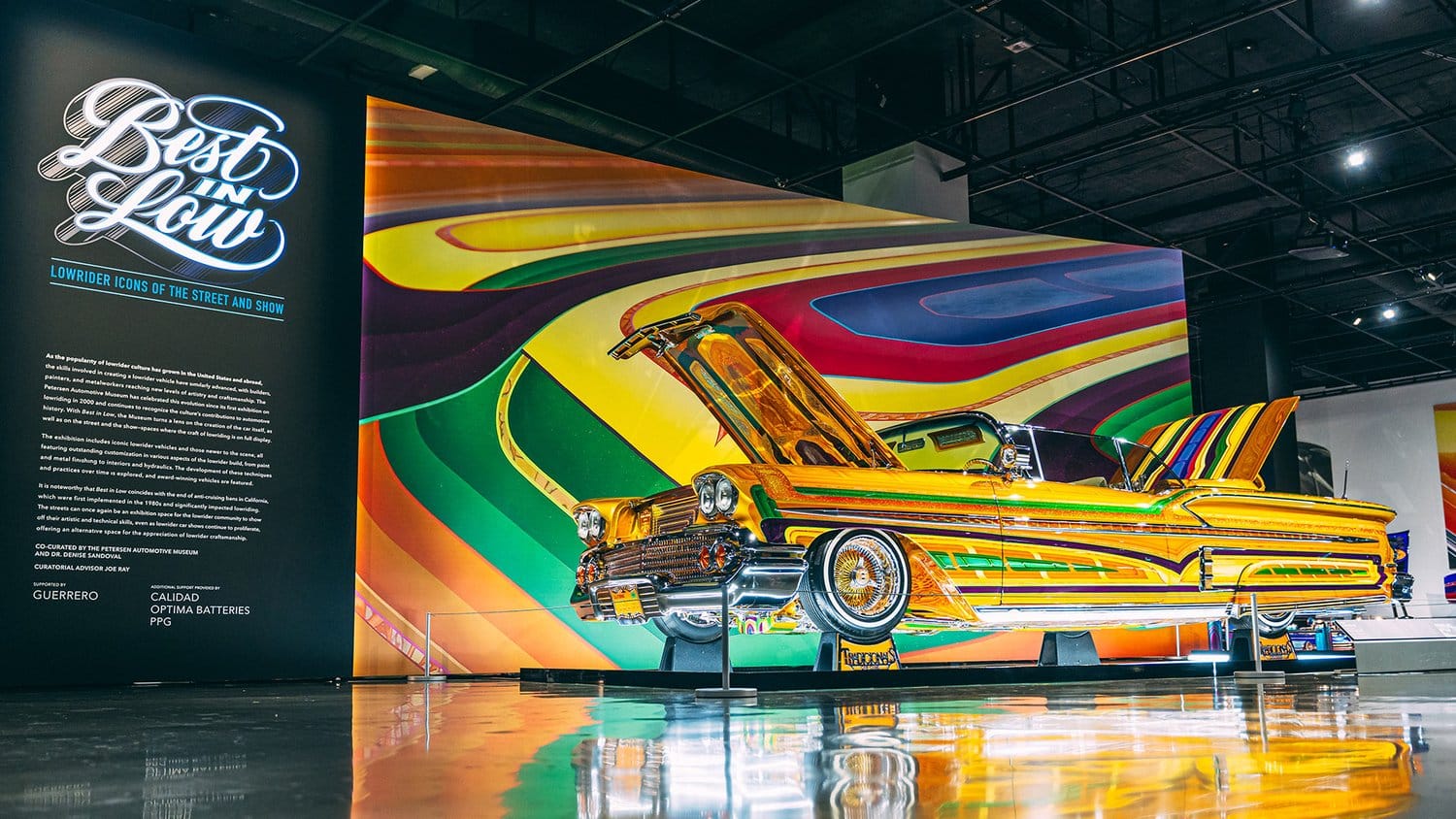
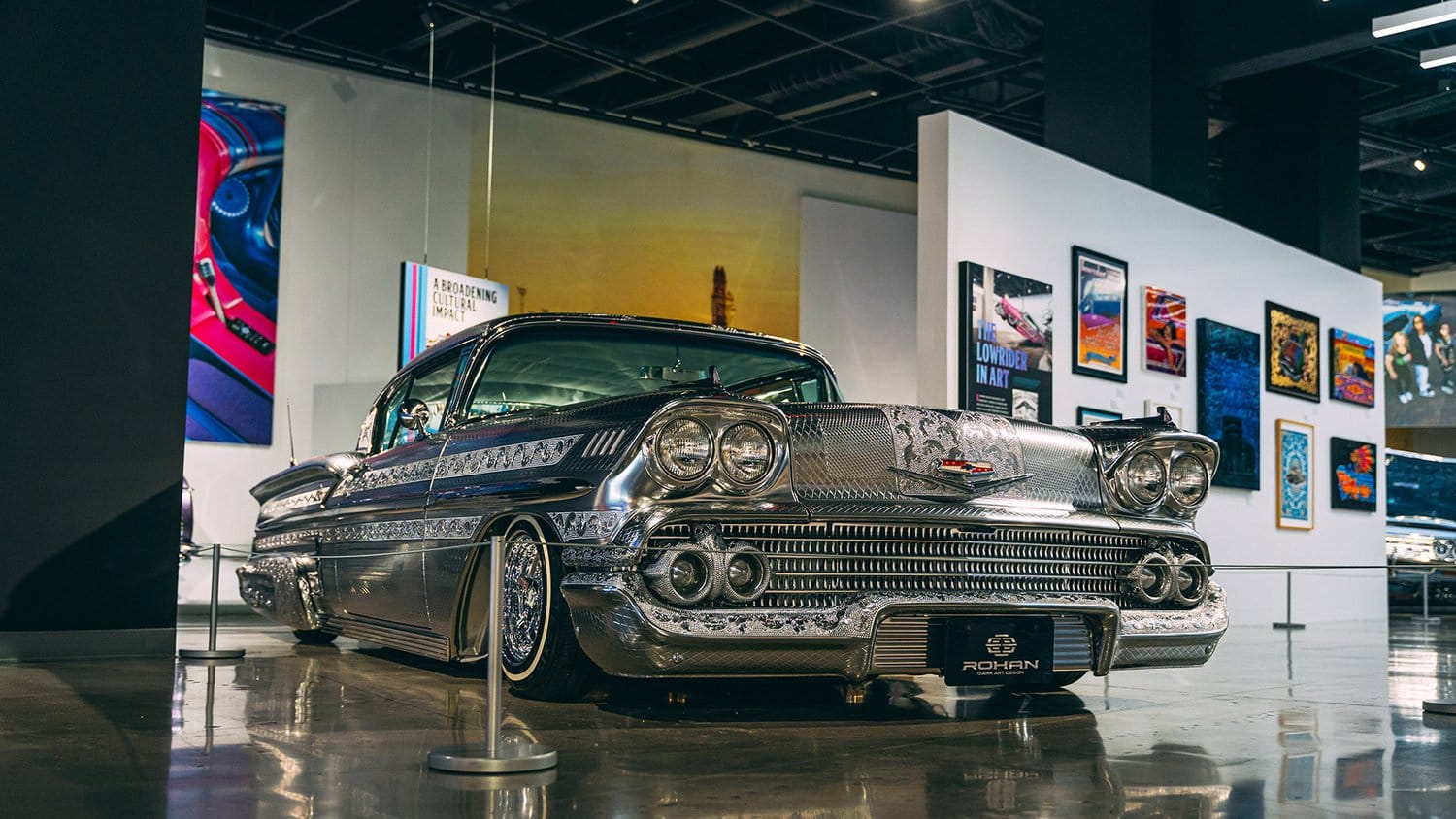
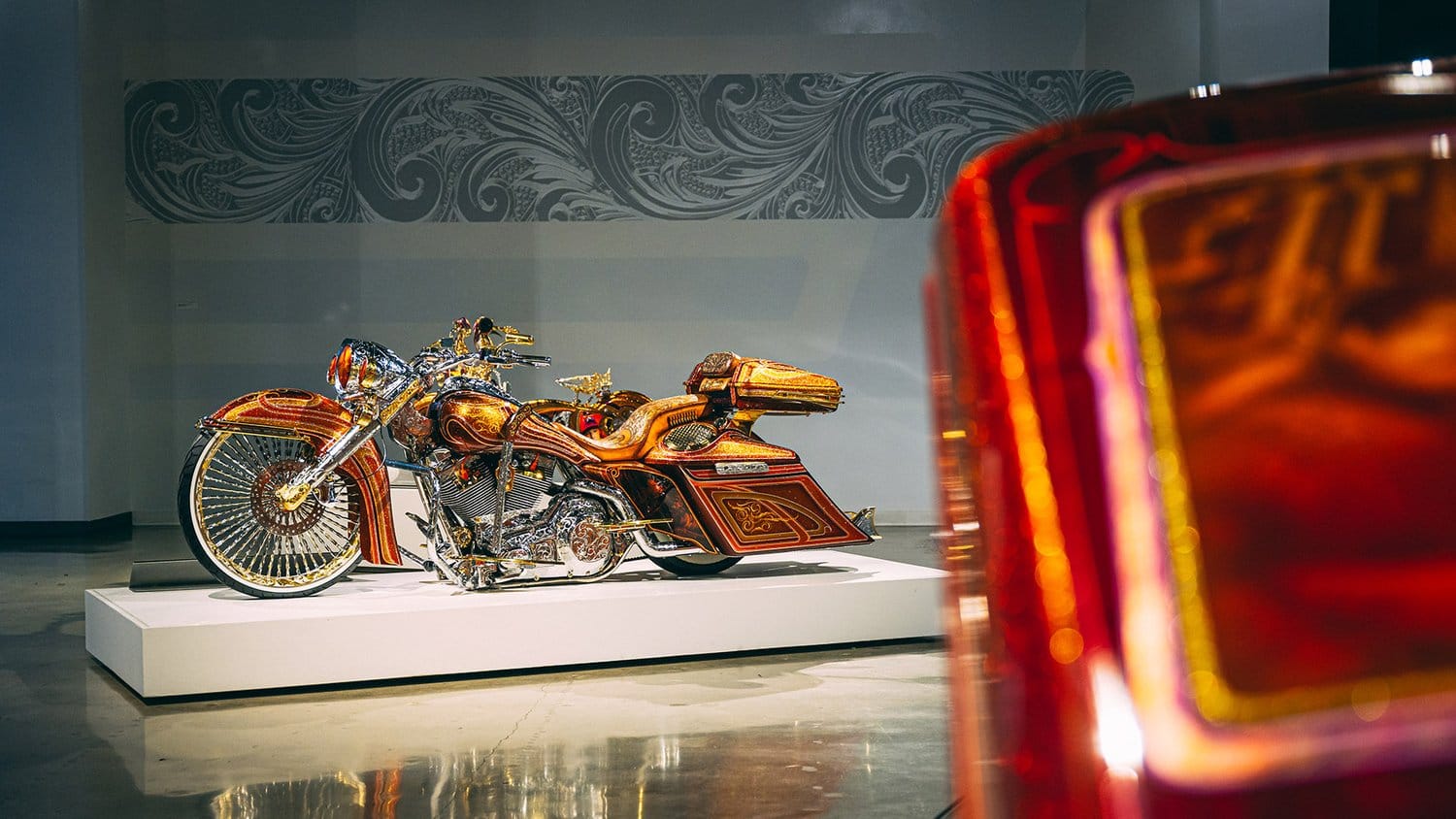
Sections of the Lowrider exhibit // Source: Petersen Museum
When you think car museums, it's not just like a fact sheet or Wikipedia display of the cars, it's very much incorporating the culture of that community into the exhibition, how do you really achieve that?
By working a lot with the relevant figures in that culture. We do have a lot of phenomenal curator and historians, but you always need to work with the representatives of that culture in order to get the real sense of what that represents in the car world. For example for Low Rider we have a guest curator whose name is Denise Sandoval. She is a professor of Chicano culture at the university here in LA and she is a phenomenal woman who knows a lot about Low Rider culture and cars is very well connected to all of the people who represent that in and around LA, so she helped us connect all of those dots between the cars, the people and what the culture is. On top of that, I was personally in charge of this video series that highlights the main subjects of the exhibits and deep dives into their stories and why they started loving low riders and how their passion evolved together with the cars that they built and produced. There are such objects of passion that put families together, it's really heart-filling to hear their stories. Those videos play within the exhibits so that people get a direct testimonial of who makes these exhibits possible, and that's how we create the full circle.


Source: Petersen Museum
It's not just the cars, it's the people that are owning these cars and you have brought that culture into fruition, you get to see them as well, which is a big part of it.
Since the moment I started working here, I'm constantly overwhelmed by all these beautiful cars on display. All the space that you can dedicate to them is the parking spot and the placard where it says a little bit about the story of the car, but by developing these content series and getting to know the subjects better, it is incredible how the importance of that car gets amplified by 2,000% the moment that you learn why that car exists, who built it, why do they own it, what does it mean to them, so the stories and the people definitely take pole position in the level of attention that car deserves.
That's really special. I suppose the contrast as well, because didn't that exhibit replace the Tesla exhibit, which is a completely different section of the car world.
It did indeed, which is funny because Tesla has been one of our best performing exhibits ever. The amount of people who are actually, first of all, it was the first exhibit of its kind, Tesla never did something like this ever, so we were very blessed to be able to work with them and their design studio on the development of the Tesla exhibit concept. But Tesla draws a lot of different people that are not necessarily car people. but they are interested in the technology, in whatever Elon does, in a lot of different aspects, in the future, in the SpaceX component, in the boring channel component and so on. So that was greatly performing with a very wide audience. Now a bunch of people were so happy that Tesla's gone so we can go back and looking at real cars that are not so technology filled, but the low riders exhibit is performing incredibly so far and it's definitely a complete shift, but this is what the Petersen does, it explores all aspects of car culture and that's why it's important.
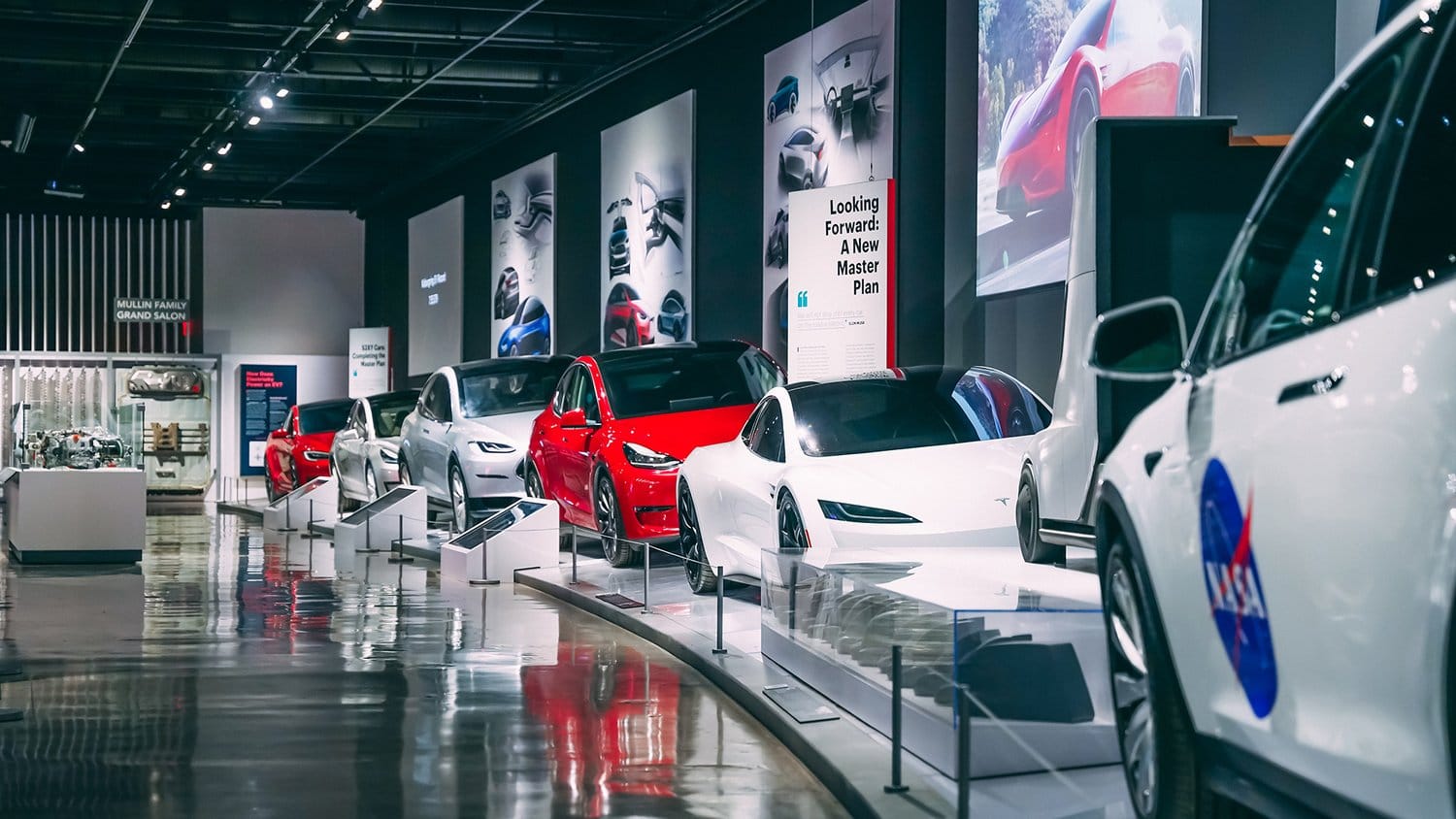

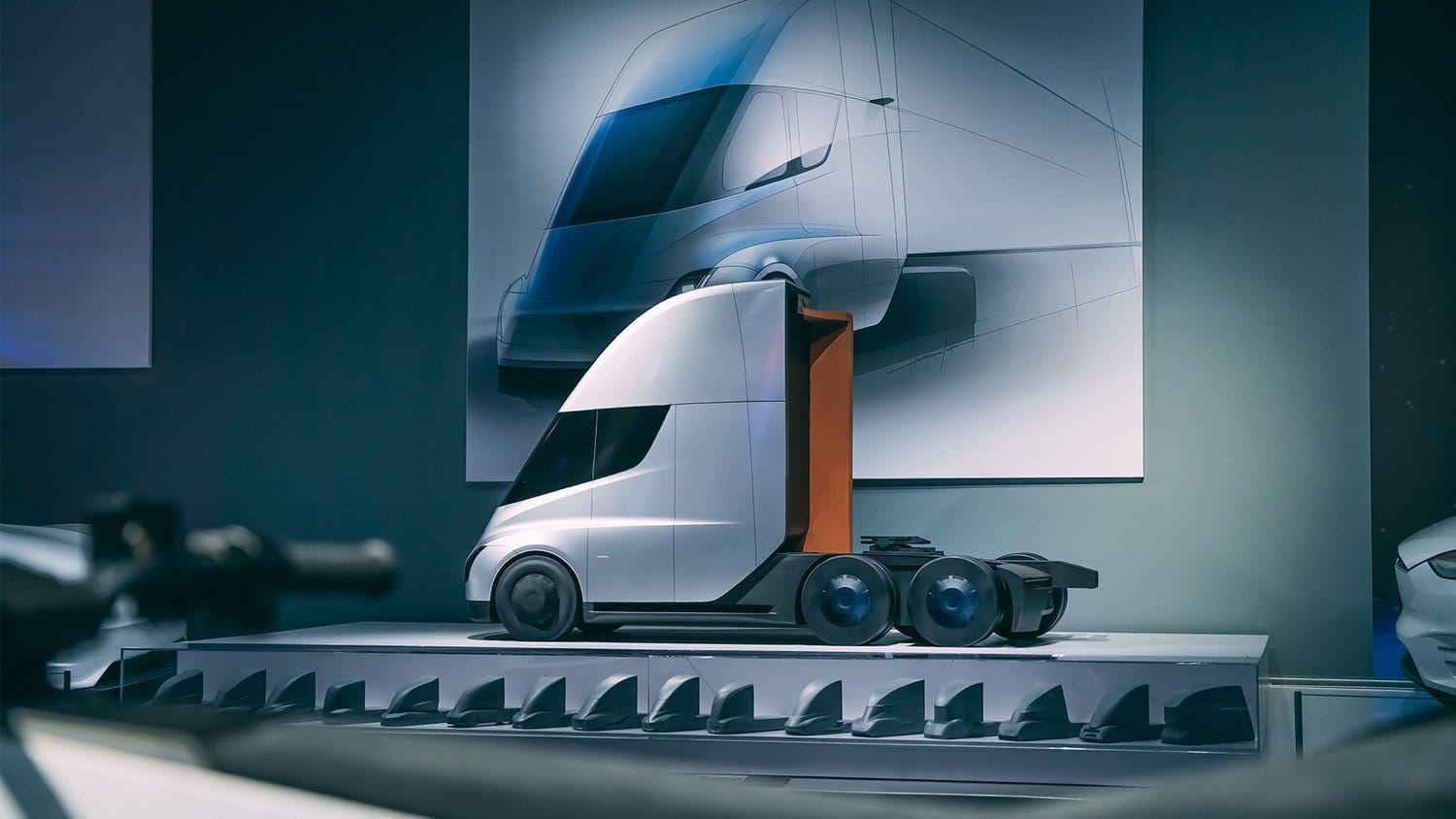
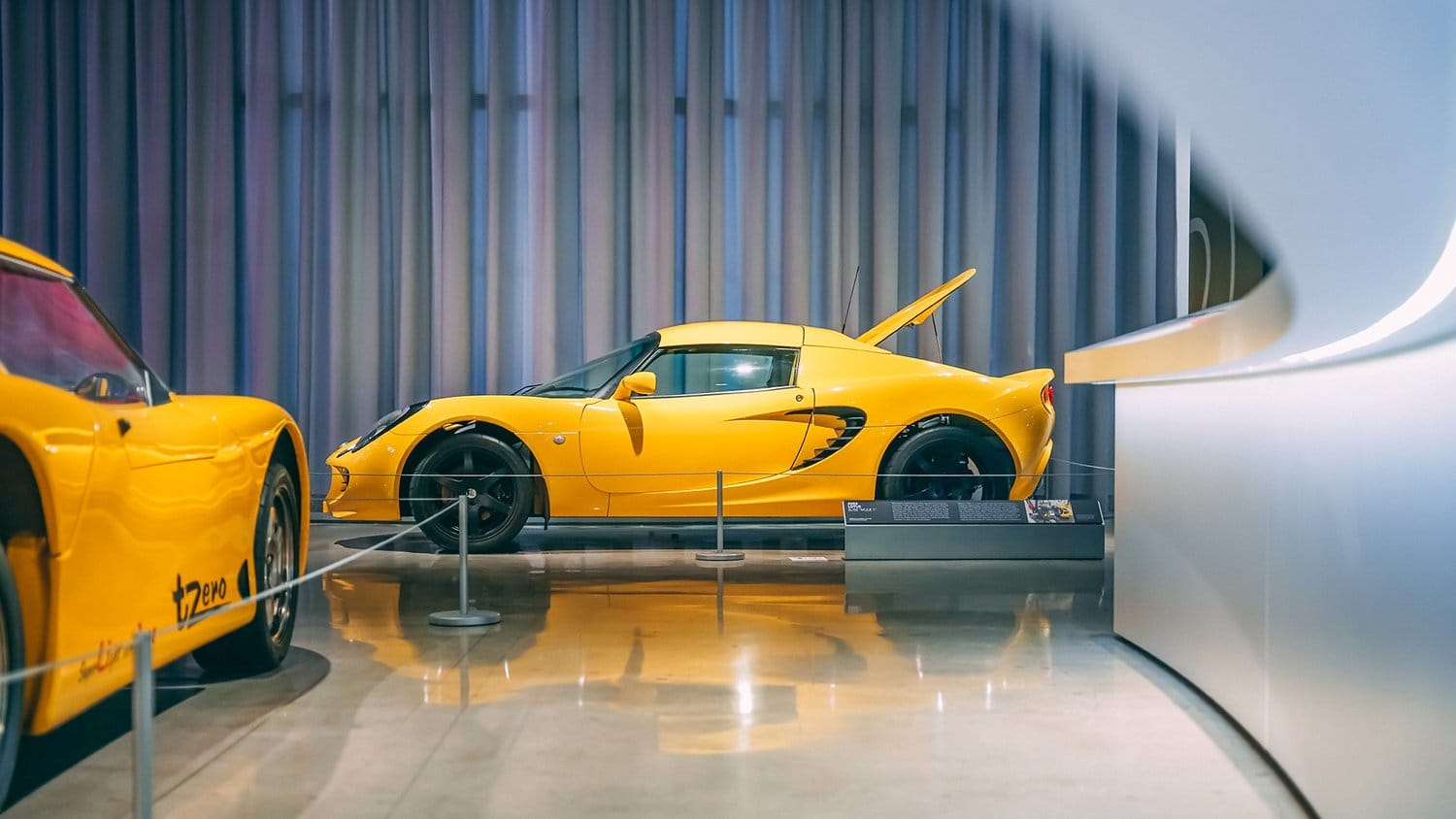
And are you organizing events and workshops across Europe as well to expand the reach of the museum?
Yes, exactly. While we definitely have a great visitor space that is local, we are expanding internationally more and more. In fact when we go visit other museums in the rest of the world, they hold us to the gold standard of car museums. We are the biggest museum that has such a variety of cars, other than obviously the mono brand museums such as Porsche or Mercedes and so on, but we are developing all these different programs mostly through experiences so far, to get our people out of LA and let them explore car culture outside of LA through our connections, as well as familiarizing the Petersen brand with people who are not local to the US or the West Coast. That's a big project that we started this year and it's going great so far, so we are excited about it.
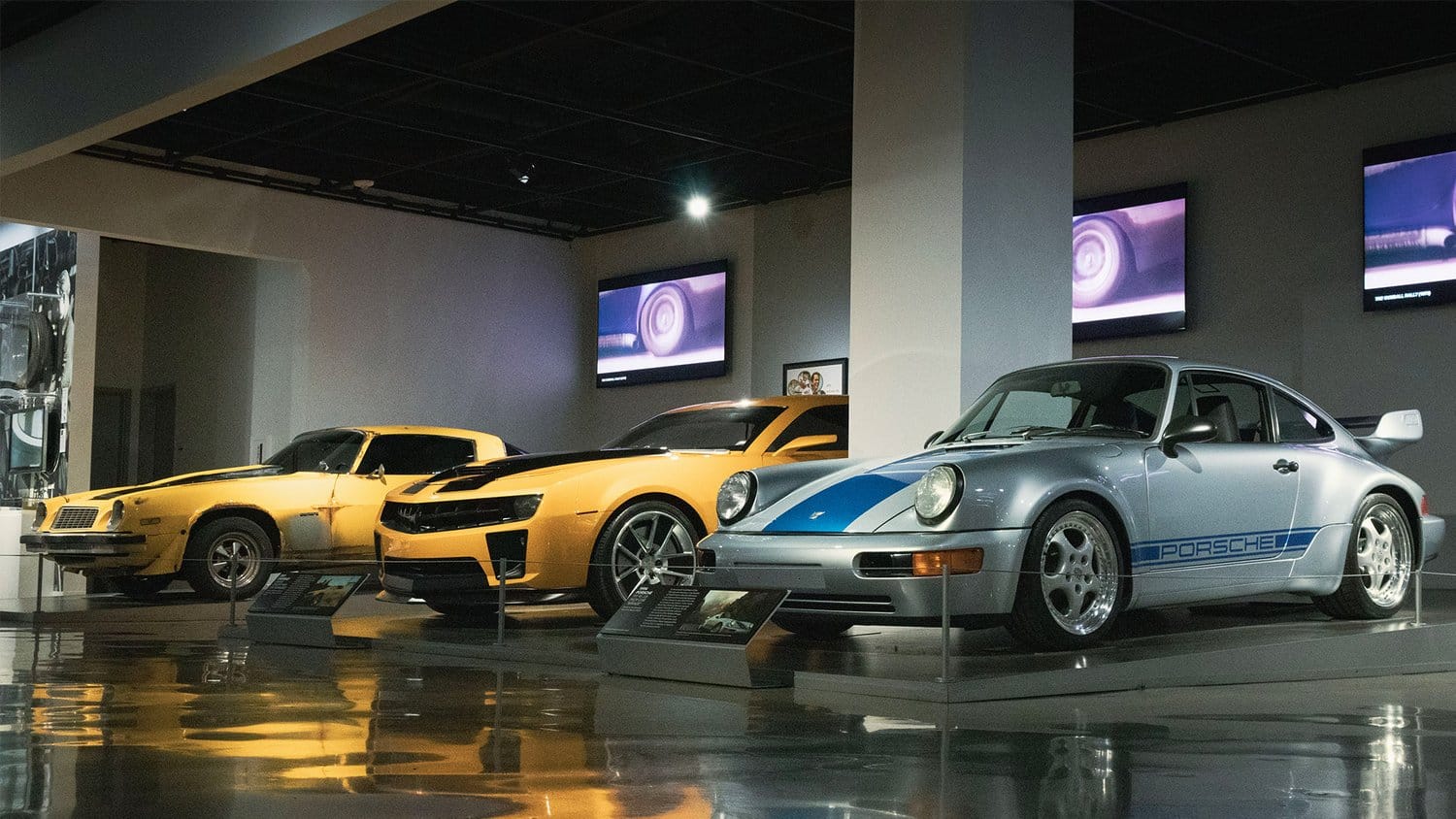
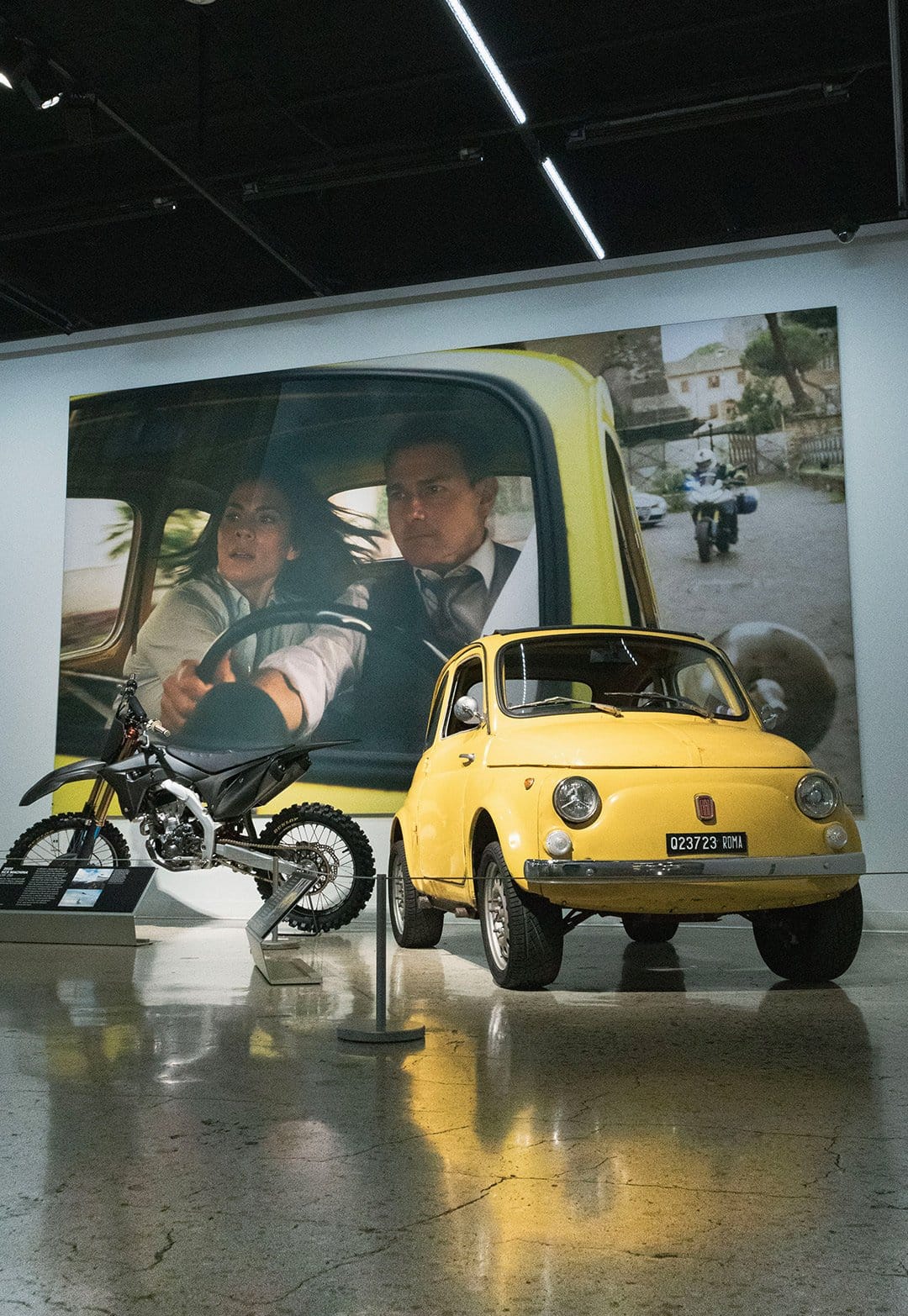
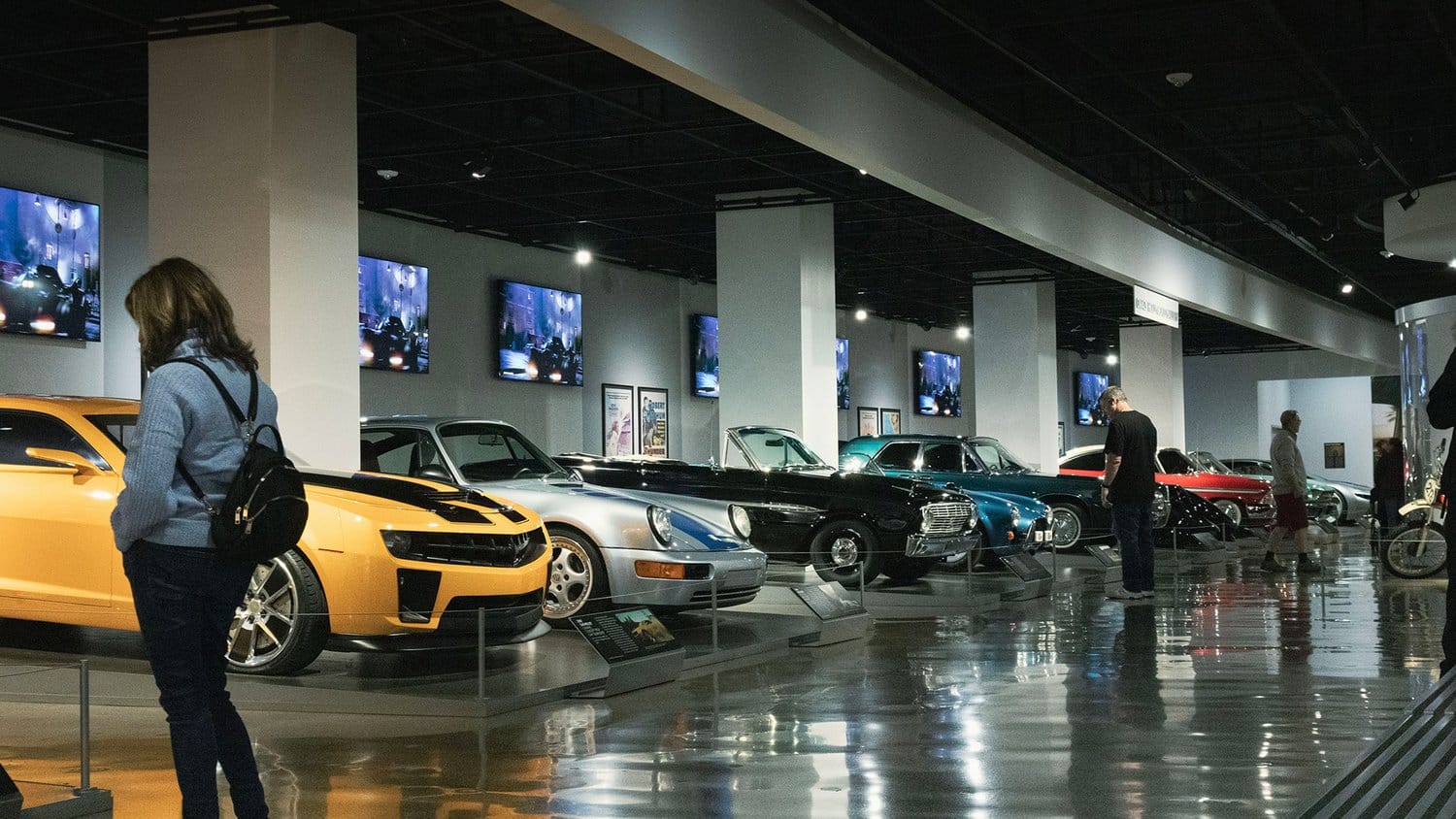
Source: Petersen Museum
I mentioned in my intro that you were born and raised in Italy, but did your dad take you to the Petersen Museum when you were a kid?
He did actually. It's funny because my dad used to travel to the US very often because his business was mainly to buy American cars and sell them in Italy where they weren't officially imported. So he would travel to the US at least a couple of times a year to go on a car hunt and just fill containers and bring them back to Italy to then sell them there. The first stop of each of our car hunt trips was always the Petersen. It's so funny for me, when I started working here I was like, I've been here 1,000 times since I was a little kid, now I'm 34, and even before this renovation, it was made in 2014 and there wasn't a major renovation before, it was definitely a different looking building so I've seen it evolve over the decades and it's quite mind-blowing now for me to be working here.
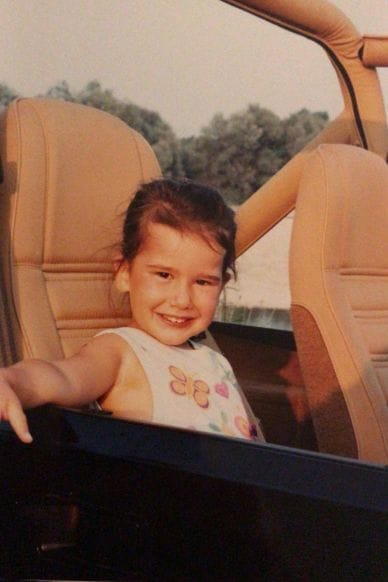

Source: Luna Bondesan
Going into your childhood and your early years and your dad's influence, could you describe what your early years were like growing up next to your dad's American car dealership and what that was like?
It definitely took a toll on my mental sanity so I will start with that. As I was mentioning, he grew up being an unauthorized photographer at car races. When he was a little kid he would climb on trees and take aerial photos of rally cars and then sell these pictures because he was so passionate about cars and he couldn't afford anything. He was from the countryside, not a lot of opportunities back then, so that's how he started making his first money. He always wanted to be a racer so he started with a little Jeep Willys that was left in Italy from the war. He found it, restored it, and was driving my grandma crazy by running around with this Willys everywhere in the rice fields pretty much. Then that whole thing evolved. He became a very talented racer, and because he had no fear of death whatsoever, he was winning all of the races that he was participating in. A lot of his competitors were driving Suzuki's or Mitsubishis or Land Rovers and so on, but nobody had a Jeep because they didn't exist, in Italy at least.
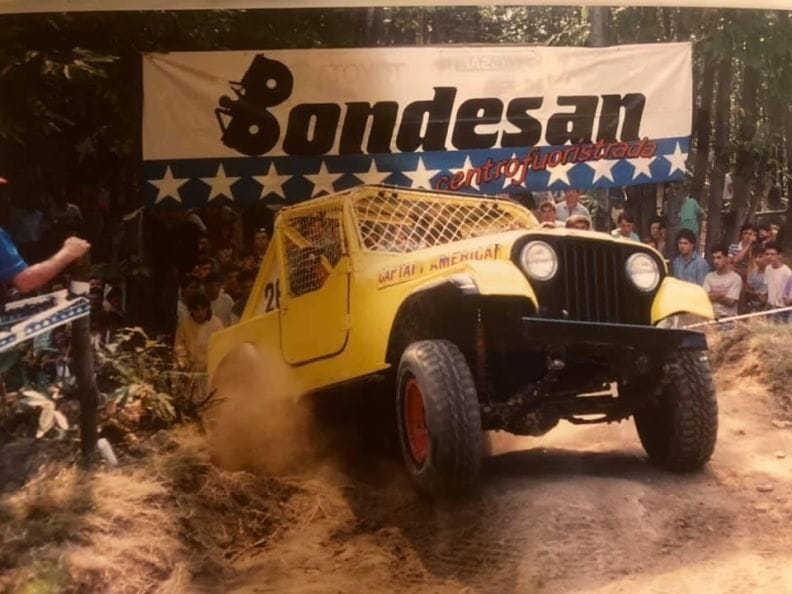

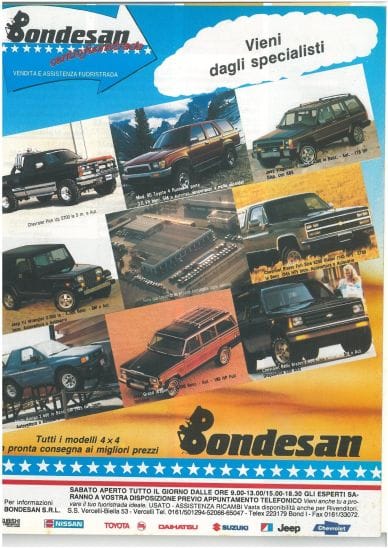
Source: Bondesan Archives
They would go to him and they were like okay, you are winning so much with this car, it must be the car, so I want one too. That's how it started for him. He started basically sourcing these cars and travelling to the US to buy them, to sell them to his competitors. Then he kept racing, then I was born. He stopped racing because the business side of things then took all of his time, because he started with buying two, three cars a year, then it became 150 cars a month. So he definitely expanded with the economy boom of the 80s and 90s. When I was born I was always submerged in that environment. I really wanted him to teach me how to be part of this world, but maybe because he was protective, or maybe because he's a little bit old-fashioned in his mindset. He was like, you're a girl, just stay out of it, don't get involved in this. That became a challenge for me to prove him wrong so I became more and more passionate, telling me that I can't do a thing is the best way to get me to do it. I started sneaking in the workshop and stealing his cars, learning how to drive on my own, convincing my grandmother, being his mom, to teach me how to drive. We would go with a little Fiat 500 in these tiny country roads, and she immediately taught me how to do the doppietta. I don't know what's it called, when you down shift and you hit the gas before down shifting.
Rev matching?
Yes, thank you. That was, in order to drive this car, you need to do that, and I was nine years old, so I was like this is amazing. That's how it started as a little kid. Then I started racing myself with Jeeps and off-roads because that was the only thing accessible to me. My dad finally let me do that, without really teaching me anything, but allowed me to do that. That became a passion, obsession, profession, and here I am, almost 25 years later, still completely sucked into this world.
When you were adventuring out on your own in the jeeps and whatnot, I imagine it probably didn't always go to plan. Were there any accidents along the way?
Yes, I am famous for being a great roller over of jeeps. Because I had no direction, the first time I rolled over I was 14. I was going very fast with this Wrangler TJ. At some point I didn't really realize that I didn't have as much grip as I did on the road, so I was driving it as you would drive on the road, which is not advisable when you are off-roading. I lost grip and the car just went sideways and started rolling over four or five times. I called my dad and I said okay, I am alive but you are never going to see me again because I am running away from home, I made a disaster, goodbye. That was such an unexpected reaction from him because he's always been quite strict and easily prone to anger, but that day he came on the scene and he saw the car was completely destroyed. He didn't hug me or was say I'm happy that you're alive. He was like, you can still come home, you are not kicked out. I was like, how are you not completely mad at me? He said because I have done this 1,500 times and I cannot expect the apple to fall too far from the tree, so you get a pass, that's fine. That wasn't helpful because then I did it again, another three or four times, during races and in way more extreme conditions. It's been a while that it hasn't happened so I guess I figured out the law of physics finally and maybe I'm good now.
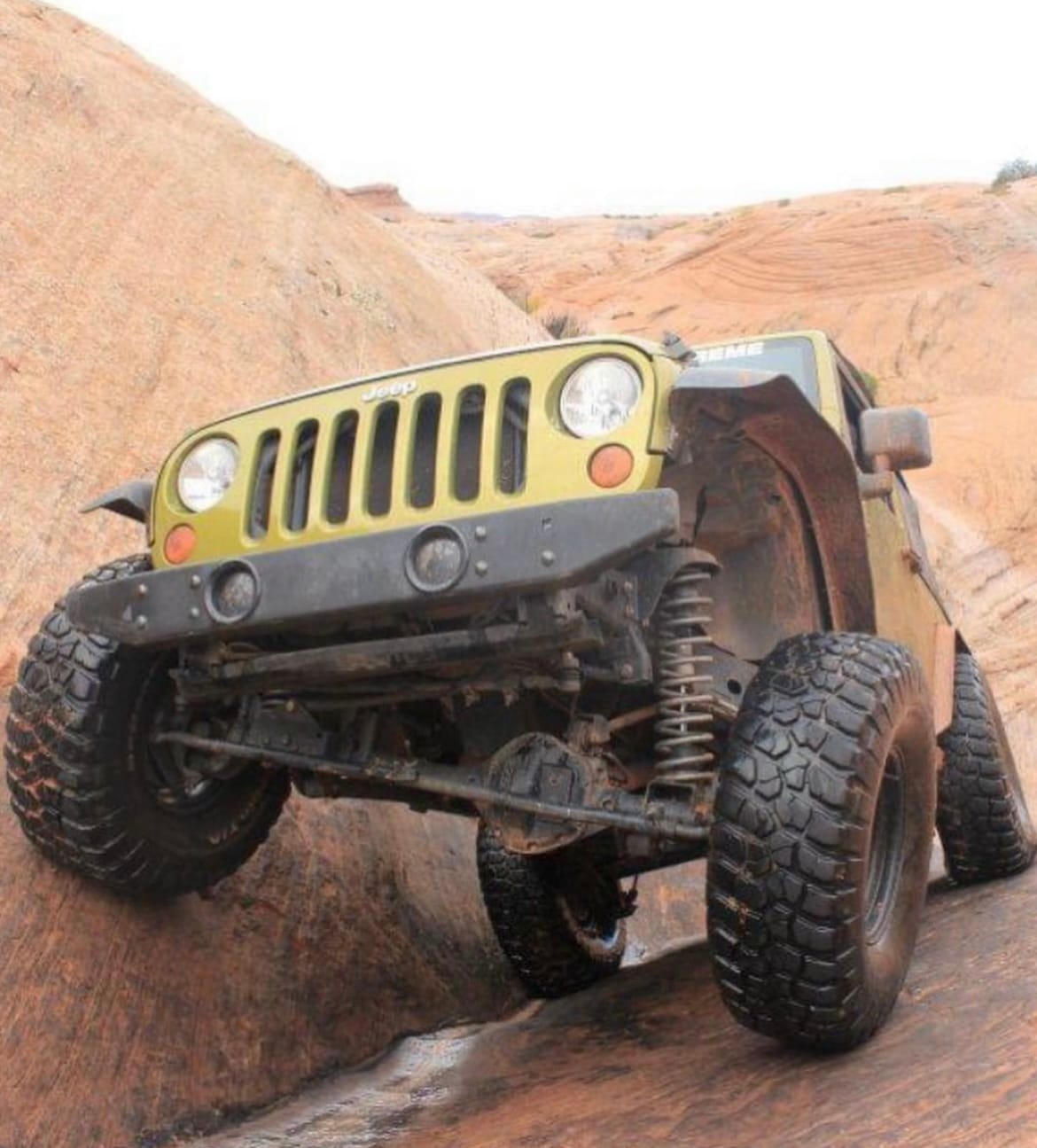

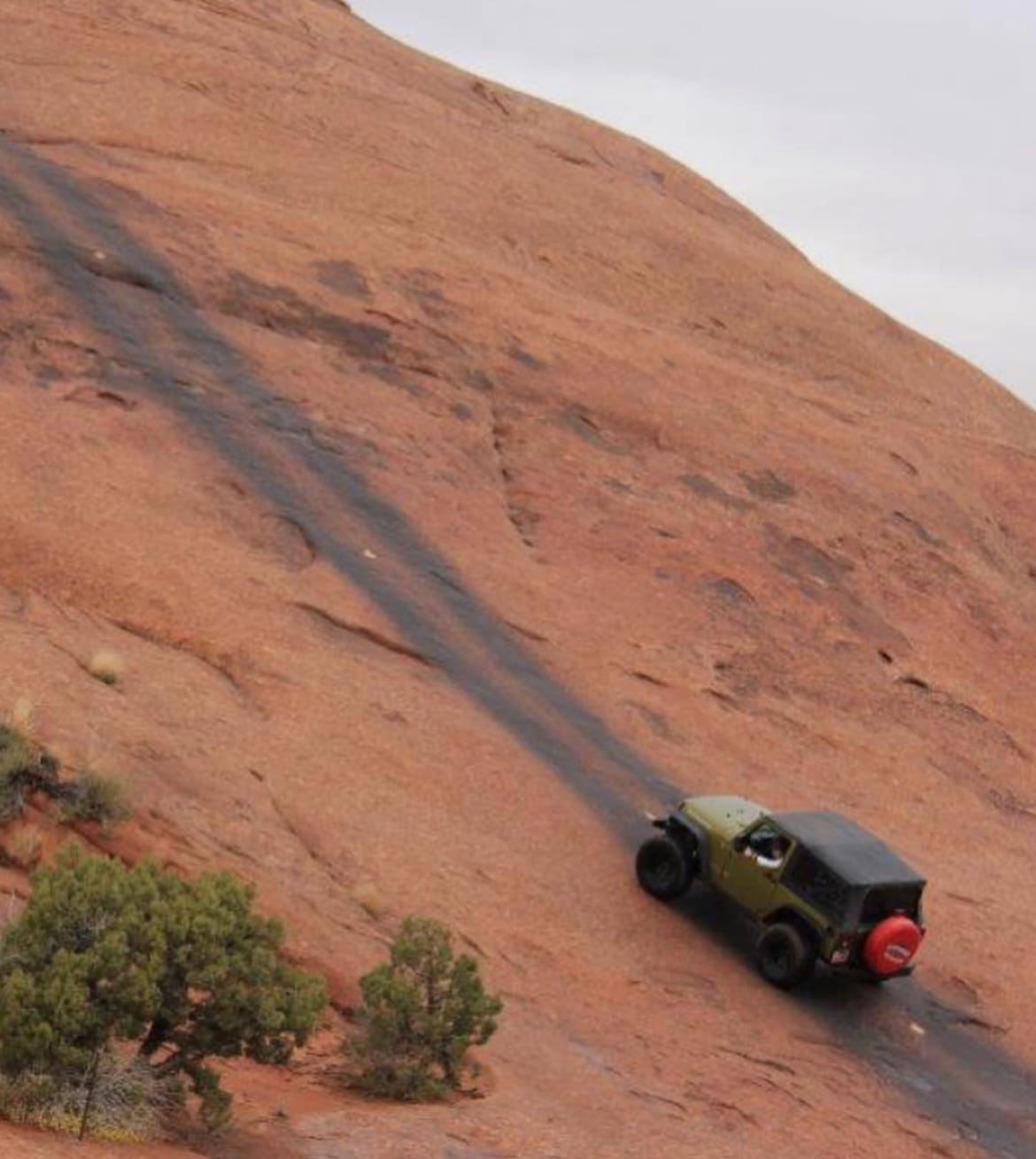
Source: Bondesan Archives
When you push the limits of the car and the limits of yourself, eventually you do find those limits. Sometimes they come up and surprise you a little bit.
That was another element that made me fortify my love for Jeeps, is that I always got out of it without any damage, other than brain I guess, unofficially, but the fact that I never even had a bruise rolling over multiple times in all situations, on rocks and in the water, upside down, sideways, backwards, front, the roll bars of Jeeps are incredible. Land Rover if you hear me, I have never rolled over in a Land Rover.
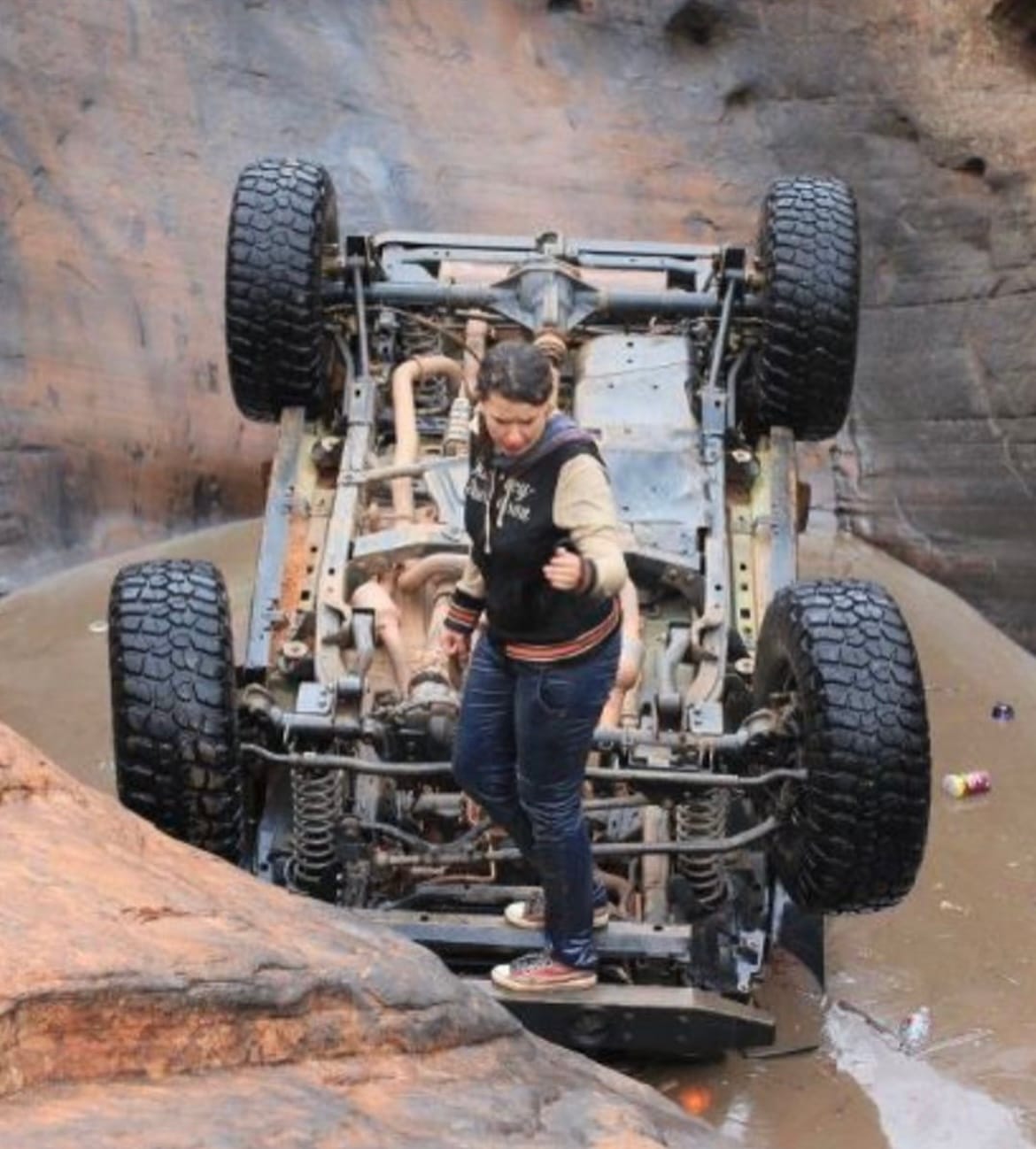
I have, it's probably not as good as a Jeep.
I don't know, those roll bars can save lives like no other thing that I've ever seen so it's good that they have them.
Tipping over in a Land Rover is like being in a tin can, it's not a fun experience at all, especially when you're not driving either, it's not even your fault that it's rolled.
I can only imagine.
I am not a very good passenger actually. It's all right if you're driving and it's your fault, but if someone else has done it, then it's worse I think. I just want to touch briefly on your father's dealership as well, because he was literally the first person in Italy to be selling American cars to Italy and I suppose the rest of Europe as well. There must have been some real demand there obviously, because he was fulfilling it.
It's funny because they were seen as completely exotic products, you always want what you can't have. Plus all the American TV series that were imported in Italy, like Starsky and Hutch, Dukes of Hazard, Baywatch, Beverly Hills 90210, all these things contributed to promote and market those cars as something cool that Italy didn't have. The clientèle was very diverse but it started with a lot of like pop stars, soccer players, actors and actresses, all of the people who had the means to, or big garages, obviously none of these were first cars for anybody, they were the fun car for the weekend or the Jeep to go on to the mountains and off-road adventures, or the Mustangs, the Camaros, the Corvettes, the Vipers, the trucks. It's funny because people would buy Dodge Ram 1500 as a lifestyle show off item. If you say this to anybody here, they would be like, what are you talking about, are you insane? But they were the coolest thing. There was also a movement in Milano that contributed. It was literally a cultural movement of the Paninari, which basically revolved around a group of cool people that were hanging out around this, I forget what it was called, it was called Il Borghi or something like that. It was a cheeseburger place, a sandwich place, that was unusual for Italy in the 80s because we don't have fast food and chains and stuff like that. So imagine a non-chain McDonald's thing that was made cool, and all the cool people in Milano were hanging out there and made it a social destination. All these people were wearing bomber jackets, Levi's jeans and Converse, then they all had Jeep CJ5s and CJ7s, because that was part of the personality of the American dreamer. All of those weird things connected in the 80s and 90s, and he made his fortune by selling American cars.
That makes me think of Italy in the 80s, and sometimes I wish I had a time machine, it sound like quite a cool period. Obviously this influence that the Jeeps have had on you in your early years, you then went on to actually work for Jeep, how did that come about?
That was an interesting development. So basically, after my racing endeavours and so on, I ended up in Milano, which was the nearest big town to where I grew up. I started studying there but I really wanted to be closed and still exposed to cars, but not being around my home town where the dealership was, I was a little bit confused on how to still make it happen. Milano being such a big city, it's mostly public transportation, especially for a kid of my age, I was 17 or 18 when I moved there. I stumbled upon this magazine, which was the Italian version of AutoCar, which I'm explaining it to you like you don't know what it is. Not a lot of people know what AutoCar was in Italy, but it was literally the Italian edition of AutoCar. The editor in chief back then thought what was a young girl doing around here? I just love cars and I love writing, I love magazines and I'm all about this, and he said why don't you try and write for us? I said because I'm a kid, I'm the only girl here, what are you talking about? He said no, just give it a try. So he gave me this test article to write. I did it and then the following day he said you're hired, you work with us now. I was the youngest car journalist in Italy in 2007, That's how it started. I wrote on car magazines for a few years and they would fly me all over the world to test drive new cars, motorcycles and write my driving impressions about them.


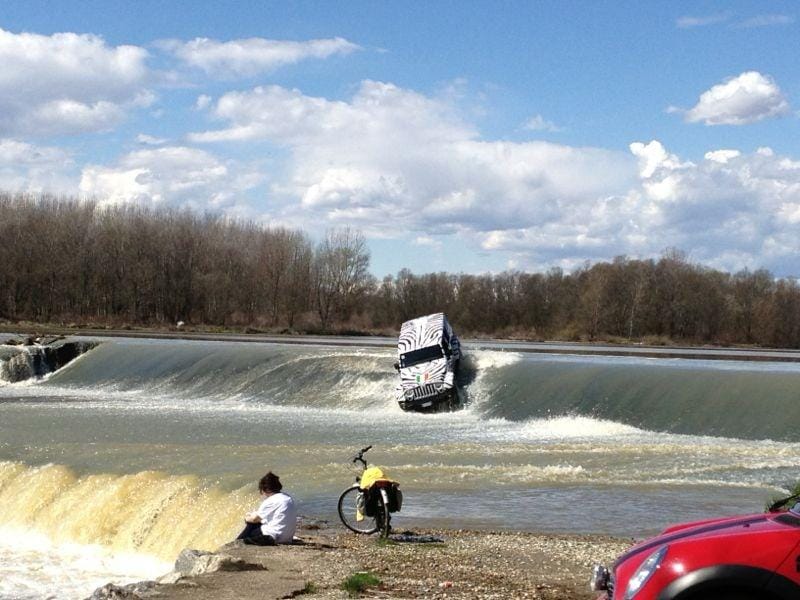
Source: Luna Bondesan
That accelerated my experience with a variety of different cars that weren't just American cars, but obviously I still loved writing about Jeeps and off-roading, which was my most familiar topic. My article somehow reached people who worked at Fiat and when Fiat acquired the Chrysler brands and with them Jeep, they reached out to me and said we need an expert on these American brands. They had Fiat, Alfa, Maserati and Ferrari people, but not a lot of expertise on the American brands because who cares about them? I was then hired by Fiat Chrysler as a consultant on the American brands for Italy. I ended up in the marketing department and I was in charge of the marketing strategies for Jeep for Europe, Middle East and Africa. I had a great mentor there who taught me all of the corporate world rules. I brought in the expertise so that was a phenomenal experience that I did for about four years. I was in charge of marketing strategies, development of concept cars for motor shows like Geneva, Frankfurt and Paris, and one-offs and VIP cars with customizations and all sorts of fun things. I was 21 years old.
That's incredibly young to be doing that, that's amazing.
I was so passionate and I didn't need to sleep or eat, I had all the energy and it was my dream come true.
Completely obsessed. I know you worked with some other brands as well which I listed a few in the introduction. One that I got quite excited about was Petrolicious when I saw that you produced the homologation specials series, could you talk a little bit about your experiences of producing those?
After about 10 years working for all different manufacturers in Italy, I decided that I wanted to experience what this whole part of the world was, which is where my car passion started, together with my dad on these trips looking for cars to bring back to Italy. I gave myself a week to find a job in the US because I needed a work visa and all of that, and Petrolicious hired me as a marketing director for them. I came here, actually that's not true, I didn't come here yet. They said before you move to the US we are launching this new series that's about homologation cars and we want to shoot in Europe, but we need to find people who own homologation cars and are willing to let us drive and shoot them, which is not a very easy task, because A, these cars are super rare. B, the people who own them don't take them on the road. C, when they own them, they want to keep it to themselves, they don't want the rest of the world to see them. But luckily enough, thanks to my experience and network of people that I developed through the years, I know a guy who had a CLK GTR or a Renault 5 Turbo or a Stratos. That was like my first assignment when I started working at Petrolicious and it couldn't have been an easier job for me, just because I knew the right people at the right time and they said sure, we'll give you the car, do whatever, let us know when you are done. That was a very exciting thing that we did and we shot it in less than two weeks with a pretty big variety of cars, but that was amazing.
With homologation cars it's funny because it has rally roots, which is something that was quite prevalent in your childhood, did you feel that when you were working on these cars, did it remind you of those earlier years and being around the rally stages in Italy?
Some of them definitely, the Renault 5 Turbo for sure. Other cars like the CLK GTR, the 288 Ferrari and the Stratos and Delta. The homologation special spectrum goes from rally cars to the 911 GT. Those were definitely out of my league but it was great too. My nanny used to drive a Renault 5 turbo so I definitely had a moment of great nostalgia when we shot that episode.
Talking of being behind the wheel, what is your go-to at the moment, what do you drive around in?
So being an Italian red neck, I drive a Dodge Challenger Hellcat with 800 horsepower. People say why don't you drive a 500 Abarth or why don't you get a Ferrari or Maserati, and I tell them I don't like those cars very much, to be honest. I am a muscle car girl, I can't help it and I am not ashamed of it. That's what I drive nowadays. My dream car is a Ford GT. I have a Viper on the list. I have a GT40 in my dreams, which is going to be impossible unless it's a replica, I have a Cobra on my list, definitely a replica. I always have a Jeep, which is my little womb. I always need to have a Jeep in my garage, either daily or just to look at because I am loyal to the whole reason why all of this started.

That makes complete sense. I was going to finish up by asking you some quick fire questions. What would you say your favourite car in the Petersen Museum is?
We have an 05 Ford GT which was the last car that Robert Petersen bought for the museum before passing, so that is one of our most significant cars because of the reason why it's there. I got to drive it not long ago. It was the best day of my life, honestly. That car is sensational because it is so drivable. It's like a Ford F150, it's the most reliable and robust car, but it is a supercar. When you ask of it, it gives you a lot and a lot more than what you can handle, but if you don't, it's the best handling car ever, at least with my taste.
What's your favourite driving road, if you were in the GT 40, what road are you driving it on?
On the GT 40, I wouldn't drive it anywhere, I would just sit in it, sleep in it and then look at it. On a car that I am not afraid of ruining, there's so many. In America there are a couple. One is Highway 33. which is just north of LA, and Highway 229, which is basically a roller coaster for cars. It's not a long road, but it's a very intense road, and if you drive fast, it's just the most exhilarating thing ever. In Europe I would say because it's ultimately a road, the Nurburgring is my happy place.
How many times have you driven around the Nurburgring, is that quite a frequent thing for you to do?
Yes it was, at least when I lived there. When I was living in Milano, in the last leg before I moved here, I would pretty much every other weekend take my M3 and drive overnight on Fridays when I was done with work, to the Nurburgring. It's an eight hours drive, I would get there by Saturday morning, sleep two hours and then just get as many laps as I possibly could over the weekend and then drive back on Sunday night. I can't count them to be honest, but it was definitely a great weekend activity for me, it was my favourite thing in the world.
That's amazing. Final question, what is in your dream three-car garage?
That's such a hard question. Definitely the Ford GT, we said that. I feel like I need an Italian car, so it would either be a Bizzarrini 5300 GT, I love that thing, it's so beautiful to me. I need to put my Jeep Wrangler TJ, which is the one I rolled over a thousand times. It's so out of balance that I cannot put a hard top on it because the car is crooked like that, so it needs to have a soft top, nothing fits any more. The doors don't match, the hood, even though we have repaired it a thousand times, but that car means the world to me, so that would be my three car garage.
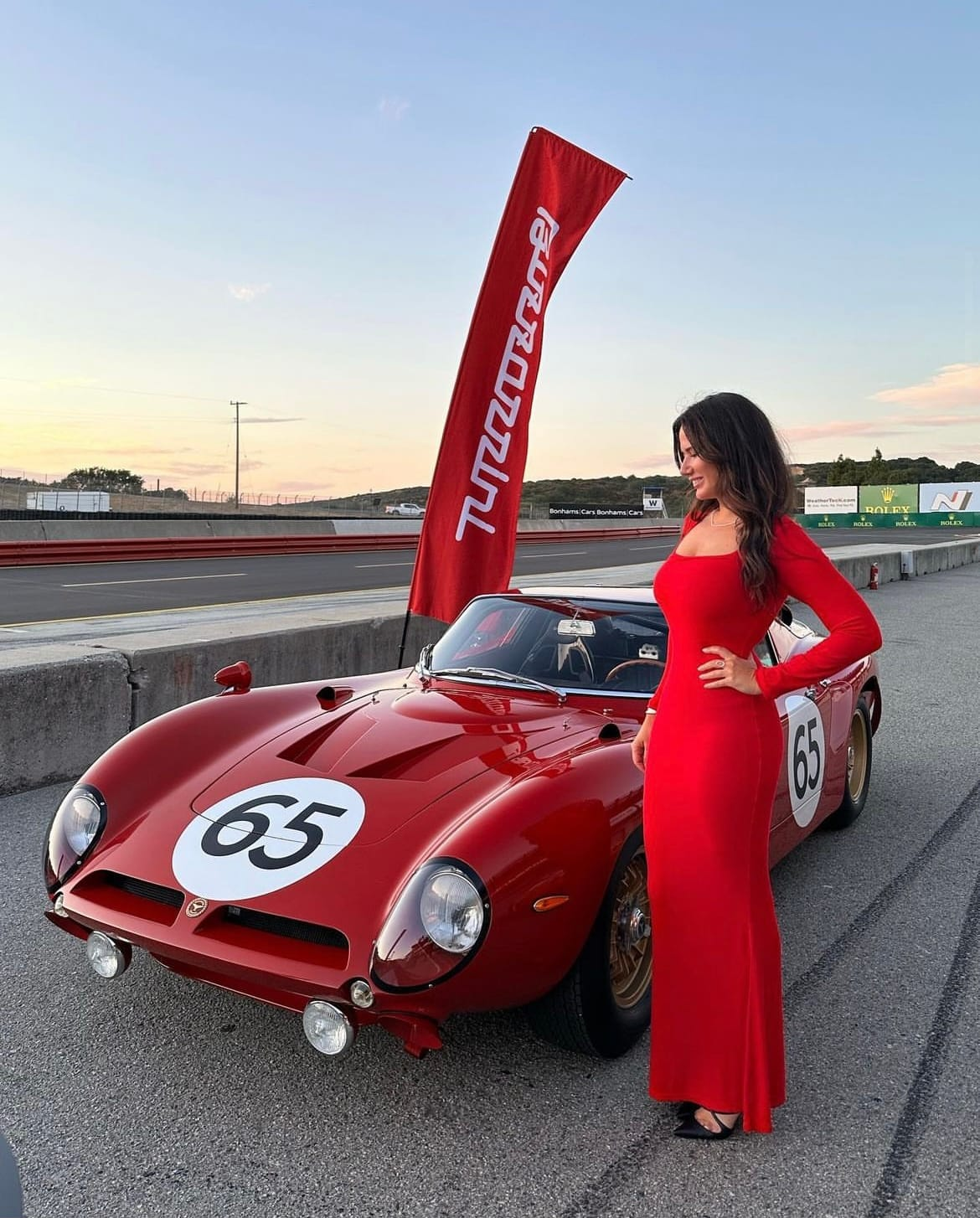
I was expecting a Jeep in there so that's good. Luna, I know you're very busy and it's been absolutely lovely to chat to you, so thank you so much for your time. Where can people follow you or find out more about the Petersen Museum?
Obviously our website, peterson.org is where we publish all of our exhibits. We have a great archive of a lot of different materials about all the cars that we have, not all of them but a solid amount. Instagram is the same thing, Peterson channel. My Instagram is Luna Bond, that's all I have. I am not an influencer, I have my 2,000 followers that I bore with cars all day long.
That's fantastic. Obviously if you want to find out more about Custodian, you can do so at www.custodian.club thank you very much for listening and I will see you in the next episode. Thanks so much Luna.
Thank you.

